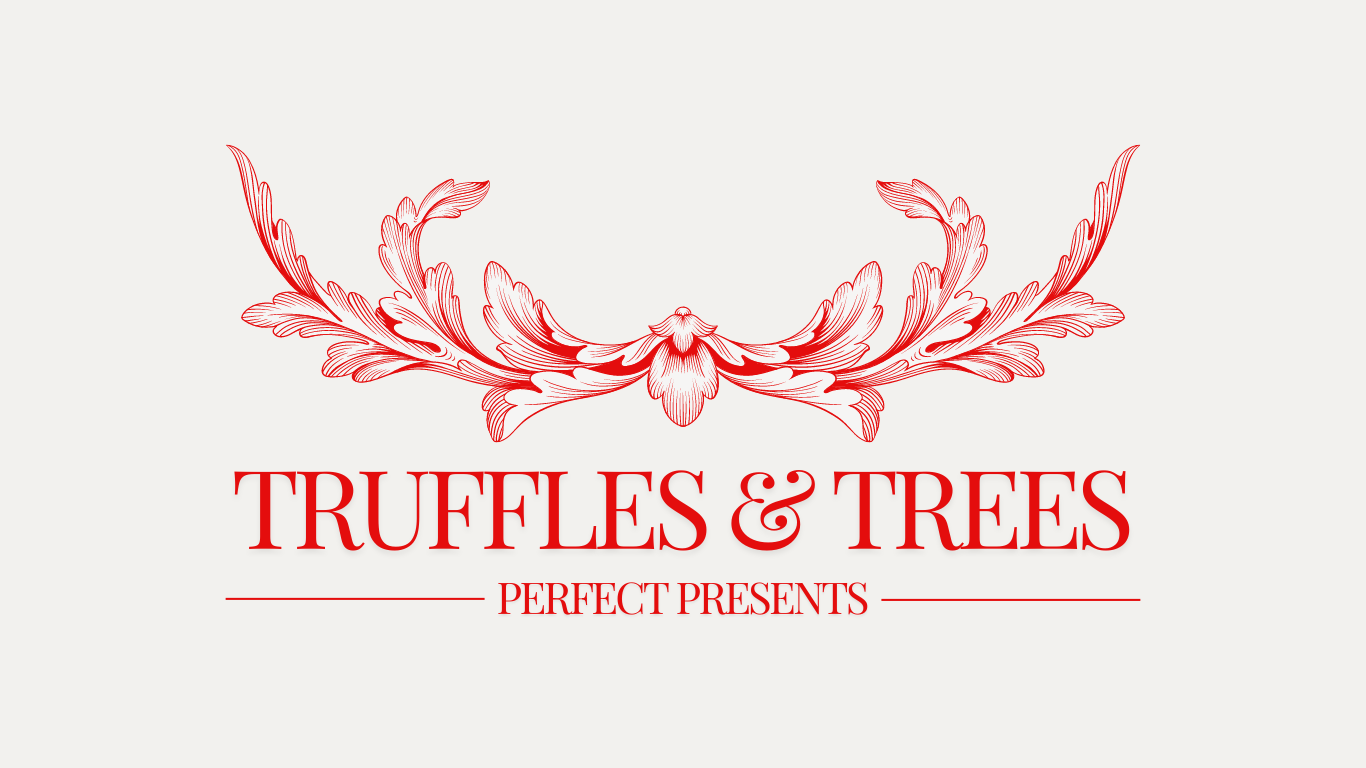Hazel, possibly one of the best trees in the world..?
The Marvelous Hazel Tree: Nature's Gift That Keeps on Giving
When it comes to versatile and beneficial trees, the Hazel tree stands out as one of the best in the world. This remarkable tree not only enhances the beauty of any landscape but also offers a plethora of benefits that make it a true gem in the plant kingdom.
A Perfect Partner for Truffle Cultivation
One of the most fascinating aspects of the Hazel tree is its suitability for inoculating with Black Summer Truffle spores. Truffles, those elusive and highly prized fungi, thrive in symbiosis with the roots of Hazel trees. The tree's roots provide the perfect environment for truffle spores to grow and develop, leading to the production of these gourmet delicacies. For truffle enthusiasts and farmers, planting Hazel trees can be a rewarding venture, both economically and gastronomically.
Nutritious and Delicious Hazelnuts
In addition to its role in truffle cultivation, the Hazel tree is renowned for producing hazelnuts. These nuts are not only delicious but also packed with nutrients. Rich in healthy fats, protein, vitamins, and minerals, hazelnuts are a fantastic addition to any diet. They can be enjoyed raw, roasted, or incorporated into various culinary creations, from decadent desserts to savory dishes. The annual harvest of hazelnuts from a Hazel tree is a delightful bonus for anyone who appreciates wholesome, natural foods.
A Lifeline for Bees
As winter fades and spring begins to bloom, bees emerge from their hives in search of food. The Hazel tree is one of the first sources of nourishment for these essential pollinators. Its early blossoms provide much-needed pollen and nectar, helping bees regain their strength after the long winter months. By supporting bee populations, Hazel trees play a crucial role in maintaining the health of our ecosystems and ensuring the pollination of many other plants.
Aesthetic Appeal
Beyond its practical benefits, the Hazel tree is also a sight to behold. With its graceful, spreading branches and lush green leaves, it adds a touch of natural elegance to any garden or landscape. In the fall, the leaves turn a beautiful golden hue, creating a stunning display of autumnal colors. Whether planted as a standalone specimen or as part of a hedgerow, the Hazel tree enhances the visual appeal of its surroundings.
Environmental Benefits
Hazel trees are not just beneficial to humans and bees; they also contribute positively to the environment. These trees are hardy and adaptable, capable of thriving in a variety of soil types and conditions. They help prevent soil erosion, improve soil fertility, and provide habitat for wildlife. Additionally, Hazel trees can sequester carbon, playing a part in mitigating climate change.
In conclusion, the Hazel tree is truly one of nature's finest offerings. Its ability to support truffle cultivation, produce nutritious nuts, provide early food for bees, and enhance the beauty of any landscape makes it a valuable addition to any garden or farm. Embracing the Hazel tree means embracing a sustainable and bountiful future.
